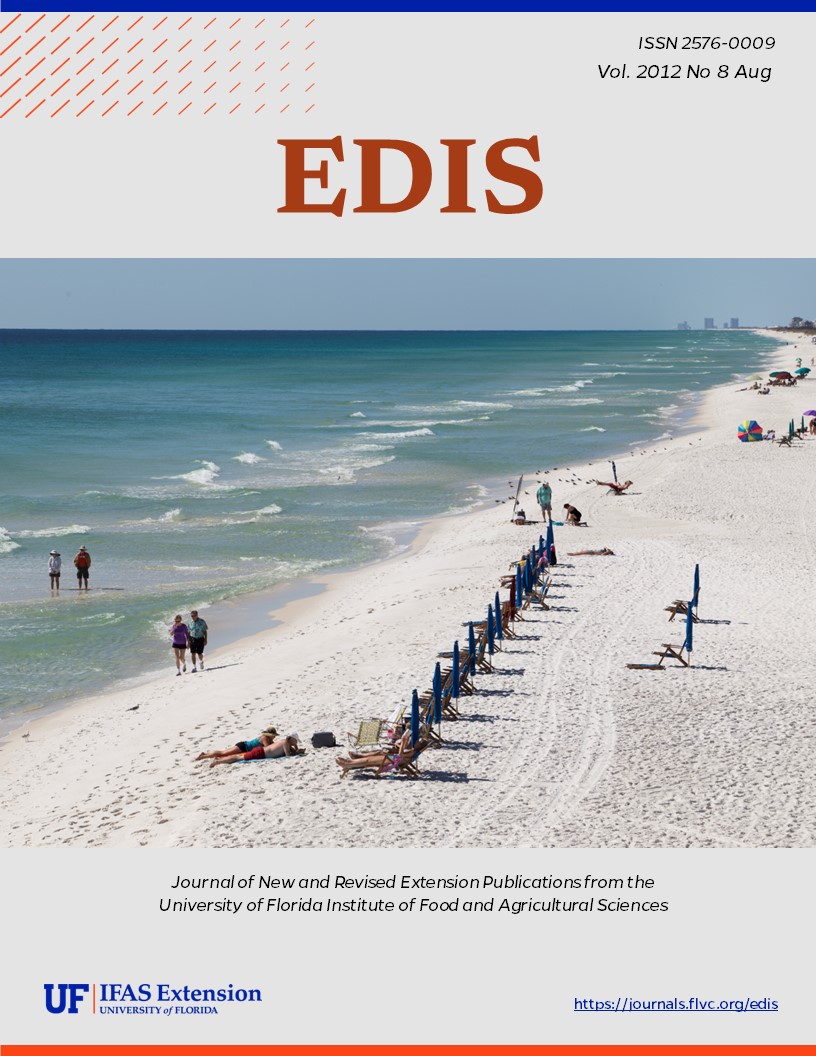Abstract
This document provides an in-depth profile of the harlequin bug, Murgantia histrionica, a significant pest of cabbage and related crops in the southern United States. It covers the bug's distribution, life cycle, and the damage it causes by sucking plant sap, leading to wilting and death. The article also discusses management strategies, including cultural controls like hand-picking and the use of trap crops to mitigate infestations. First published: February, 1998.
References
Anonymous. (Unknown). Key to bugs. Insect and Related Pests of Flowers and Foliage Plants. (17 August 2012).
Ghidiu GM. 1988. Harlequin bug. FS-Cooperative Extension Service. Rutgers University, USA. (246) 20. ill.
Miller MC. 1971. "Regulation of populations of the harlequin bug, Murgantia histrionica, by egg parasites." Journal of the Georgia Entomological Society 6: 255–257.
Paddock FB. 1918. "Studies on the harlequin bug." Experiment Station, TX. Texas Agricultural Experiment Station Bulletin 227.
Smith JB. 1897. "The harlequin cabbage bug and the melon plant louse." Experiment Station, NJ. New Jersey Agricultural Experiment Station Bulletin 121.
Sullivan MJ, Brett HC. 1974. "Resistance of commercial crucifers to the harlequin bug in the coastal plain of North Carolina." Journal of Economic Entomology 67: 262–264.
Thomas WA. 1915. "The cabbage harlequin or calico bug." South Carolina Agricultural Experiment Station Bulletin 28.

This work is licensed under a Creative Commons Attribution-NonCommercial-NoDerivatives 4.0 International License.
Copyright (c) 2012 UF/IFAS

